Anthologie universeller Besonderheiten 2020
Fortsetzungsromane erfreuten sich seit dem 19. Jahrhundert großer Beliebtheit. In den kubanischen Zigarrenfabriken des frühen 20. Jahrhunderts wurden Fortsetzungsromane den ArbeiterInnen vorgelesen, um die Produktion zu erhöhen. Die großen Waschmittel- und Seifenkonzerne in den Vereinigten Staaten entdeckten ungeahnte Werbeeffekte, und brachten Fortsetzungsgeschichten ins Radio, die sogenannten soaps. Natürlich unter Ihrem Firmennamen, um Hörer als Kunden an sich zu binden.
In den 1950er Jahren kam die technische Revolution “Fernsehen” nach Lateinamerika, gerade rechtzeitig, um der Sehnsucht nach Modernisierung mehr Fahrt zu geben. Von Anfang an war Fernsehen in Lateinamerika fest verknüpft mit Fortsetzungsgeschichten, jetzt unter der Überschrift “Telenovelas”, die täglich ausgestrahlt wurden. Anders als im klassischen europäischen Fortsetzungsroman, werden in Telenovelas die Erzählstränge viel stärker ineinander verwoben. Die Geschichten werden verworrener, mit manchmal beinahe absurden Wendungen im Geschehen. Das Erzählen selbst kann im Laufe der Produktion gemäß der Beliebtheit beim Publikum angepasst werden.
Und beliebt sind die Telenovelas in Brasilien und Mexiko auch heute noch. Als 1986 die letzte Folge von “Cuna de Lobos” in Mexiko ausgestrahlt wurde, hatten soviel Haushalte den Fernseher eingeschaltet, dass es einen landesweiten Stromausfall gab.
“Anthologie universeller Besonderheiten” versucht die komplexen Erzählstrukturen der Telenovelas in bildnerische Prinzipien umzusetzen. Die zeitliche Fortentwicklung einer vorgetragenen Geschichte wurde entfernt. Bildausschnitte definieren die Erzählperspektive. Bildstränge ersetzen Erzählstränge, die die Erzählperspektive und sich gegenseitig überlagern. Erst im Gesamtüberblick gibt sich ein Muster zu erkennen, dass die Kraft hat, eventuelle Zusammenhänge zum Vorschein zu bringen. Die Reduktion der Bildinhalte sorgt dafür, dass die Suche nach erläuternden Zusammenhängen unmöglich wird. Stattdessen wird die Frage gestellt, ob das Erleben der Struktur an sich eine ähnliche oder gar größere Dynamik entwickeln kann, als der Sog der verwirrenden Melodramaturgie einer Telenovela.
Anthology of Universal Particularities
Serialised fiction novels have enjoyed great popularity since the 19th century. In Cuban cigar factories in the early 20th century, serial novels were read to workers in an attempt to increase productivity. The big detergent and soap companies in the United States discovered unimagined advertising effects and brought serialised stories to the radio, the so-called soaps, attempting to tie listeners as customers to their products.
In the 1950s, the technical revolution “television” came to Latin America, just in time to give more momentum to the yearning for modernisation. From the very beginning, television in Latin America was closely tied to serialised stories, now called “telenovelas”. They were broadcast very day. In contrast to the classic European serial novel, Telenovelas operate with much more interwoven narrative strands. The stories become more complex, even confusing, sometimes including almost absurd twists and turns in the action. The narration itself can be adjusted in the course of the production process according to audience popularity.
And telenovelas are still popular in Brazil and Mexico today. When the last episode of “Cuna de Lobos” aired in Mexico in 1986, so many households had turned on their television-sets that there was a nationwide power outage.
“Anthology of universal peculiarities” tries to translate the complex narrative structures of telenovelas into pictorial principles. The chronological development of a presented story has been removed. Image details define the narrative perspective. Image strands replace narrative strands, overlaying the narrative perspective and one each other. It is only in the overall overview that a pattern can be recognised that might have the power to bring out any connections. The reduction of the image content ensures that the search for explanatory contexts becomes impossible. Instead, the question is asked whether the experience of the structure itself can develop a similar or even greater dynamic than the pull of the confusing melo-dramaturgy of a telenovela.
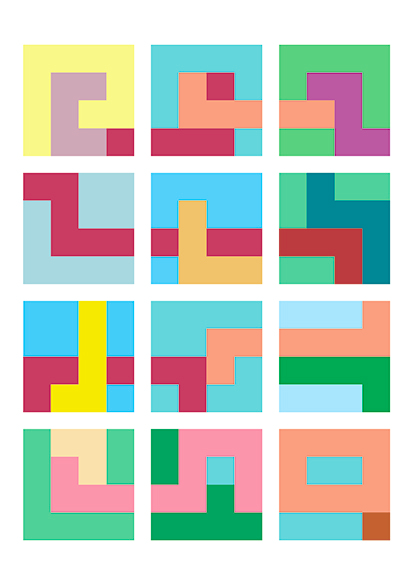



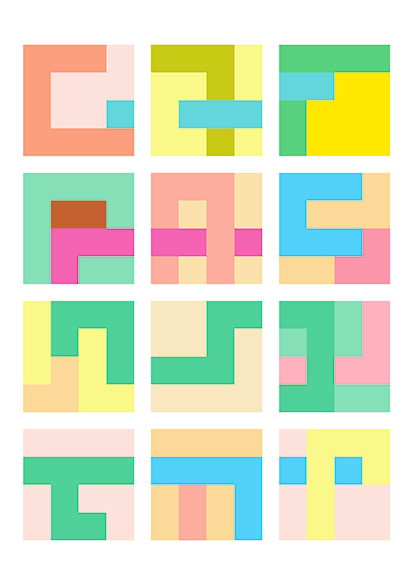
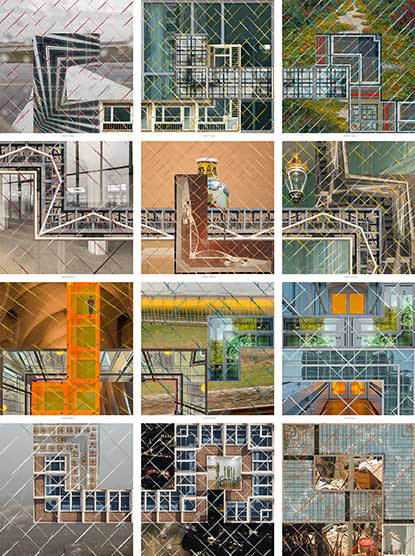
Staffel 1
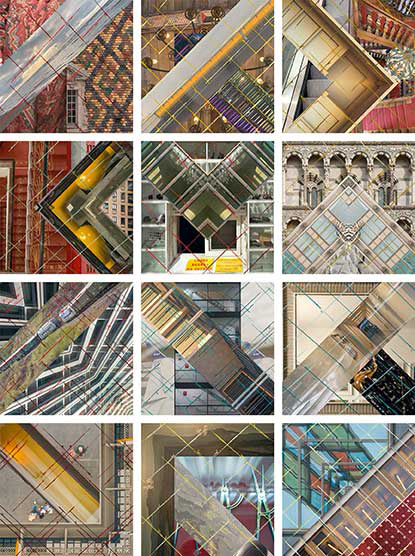
Staffel 2
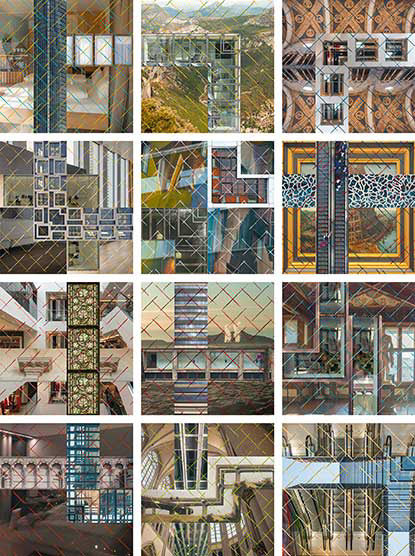
Staffel 3

Staffel 4

Staffel 5
Fünf Staffeln mit jeweils zwölf Episoden sind das Ergebnis. Jede Episode ist ein Bild in Form einer digitalen Datei. Die digitale Präsenz hat Priorität. Als ein zusätzliches Ausgabeformat sind Drucke auf Bahnen von Vliestapete vorgesehen, die sich pro Bild zu einer Größe von 180 cm x 180 cm zusammensetzen. Die Bahnen werden ohne zusätzliches Trägermaterial direkt auf die Wand geklebt und durch eine Übermalung zum Unikat gemacht, dass nur an dem Ort der Applikation existiert und nicht weiter transportiert werden kann. Soll die Arbeit an einem neuen Ort, einer neuen Wand, ausgeführt werden, entsteht ein neues Unikat, das das alte ersetzt. Dieses Prinzip nimmt Bezug auf Arbeiten von 1982 / 1983. “Hofkonzert” von 1983 zum Beispiel ist eine Collage aus Zeitungsseiten, direkt auf die Wand appliziert und mit einer eingeschnittenen Zeichnung versehen. In “Hofkonzert” gibt die Collage einem Skulpturenensemble Zusammenhang.
“Anthology of universal peculiarities” comes in five seasons, with twelve episodes each. Each episode is an image in the form of a digital file. Digital presence has priority. Nevertheless As an additional form of output has been tested, in the form of prints on wallpaper-material, composed to a size of 180 cm x 180 cm per image. The strips are glued directly to the wall without additional carrier material and made unique by being painted over. The picture glued to the wall only exists at the place of application and cannot be transported further. If the work is to be carried out in a new location, on a new wall, a new, unique item is created that replaces the old one. This principle refers to works from 1982/1983. “Hofkonzert” from 1983, for example, is a collage of newspaper pages, applied directly to the wall and provided with an incised drawing. In “Hofkonzert” the collage gives context to a sculpture ensemble.
Hofkonzert 1983
Staffel 2 Folge 3, Staffel 3 Folge 4 und Staffel 4 Folge 12. Digitaldruck auf Fließpapier, direkt auf die Wand appliziert, 200 cm x 200 cm
Season 2 episode 3, season 3 episode 4 and season 4 episode 12, digital print on paper, directly applied to the wall, 200 cm x 200 cm
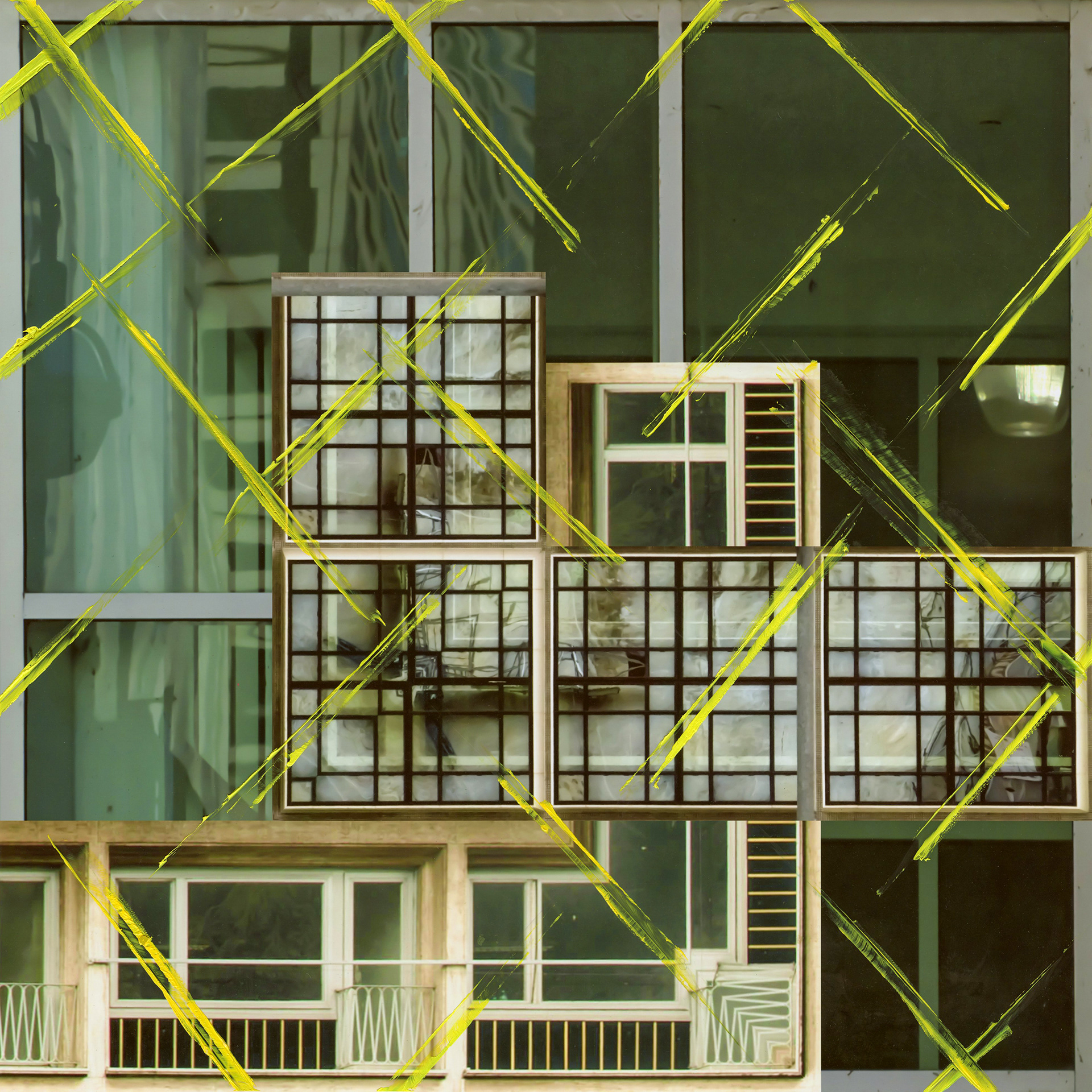
Staffel 1 Folge 2
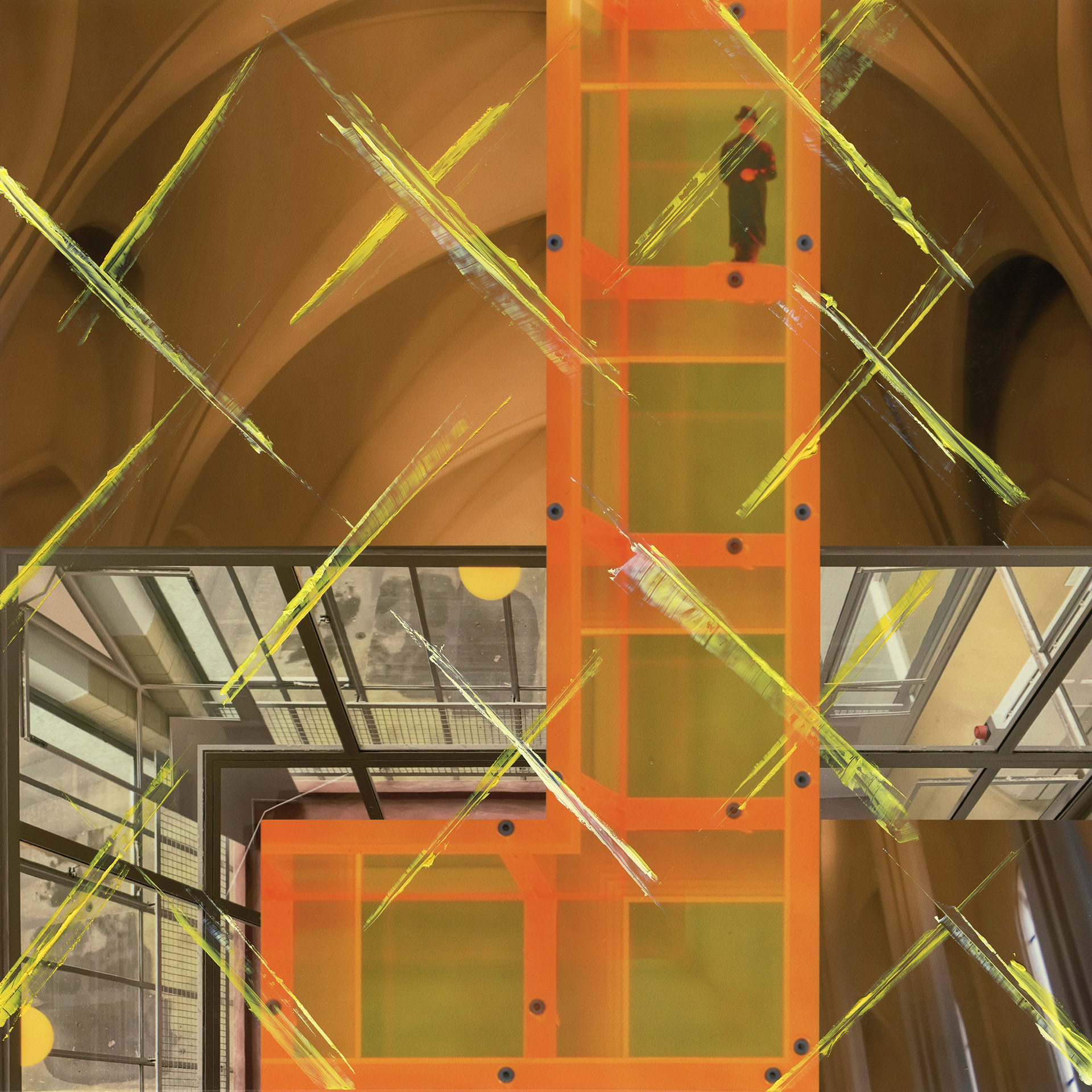
Staffel 1 Folge 7

Staffel 1 Folge 8
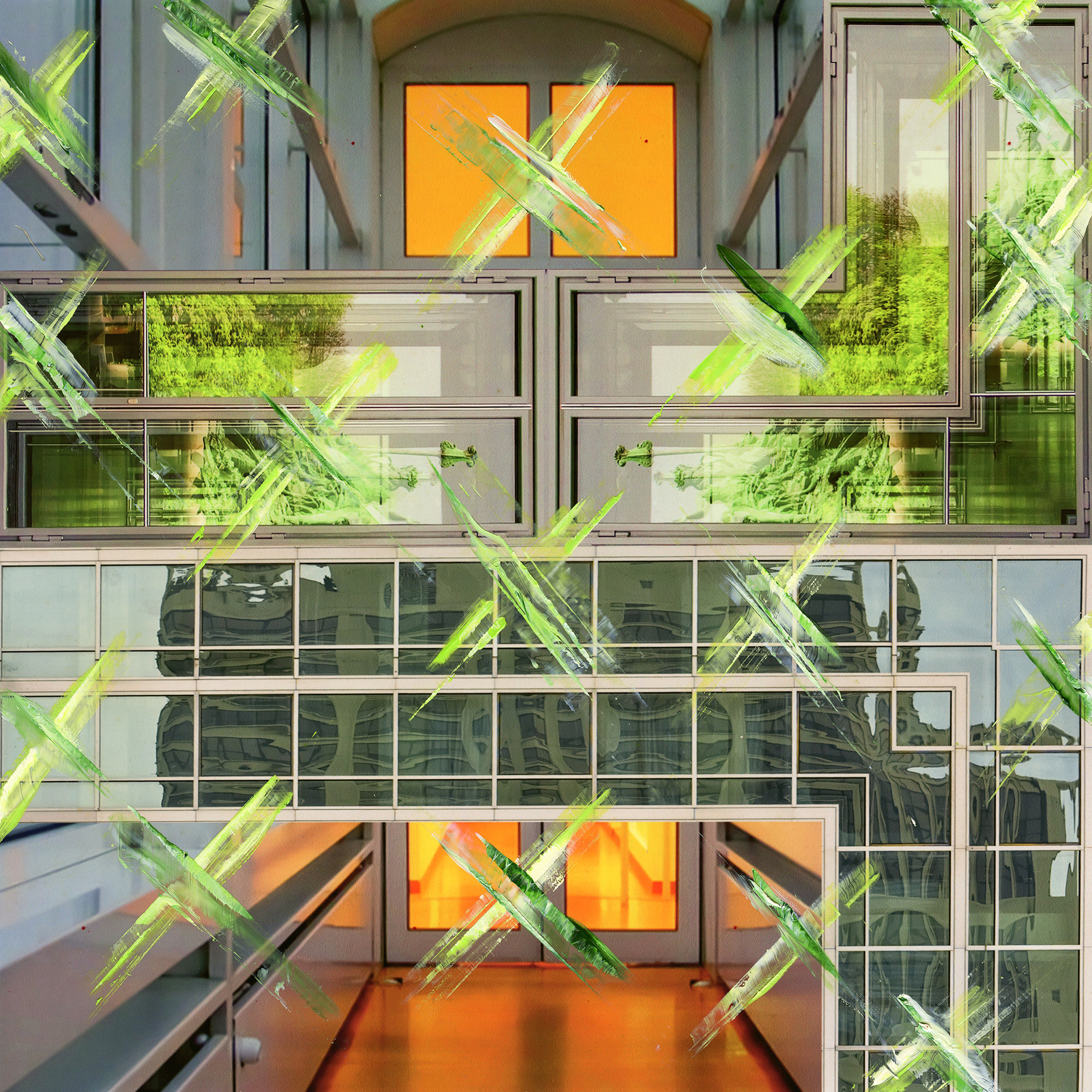
Staffel 1 Folge 9
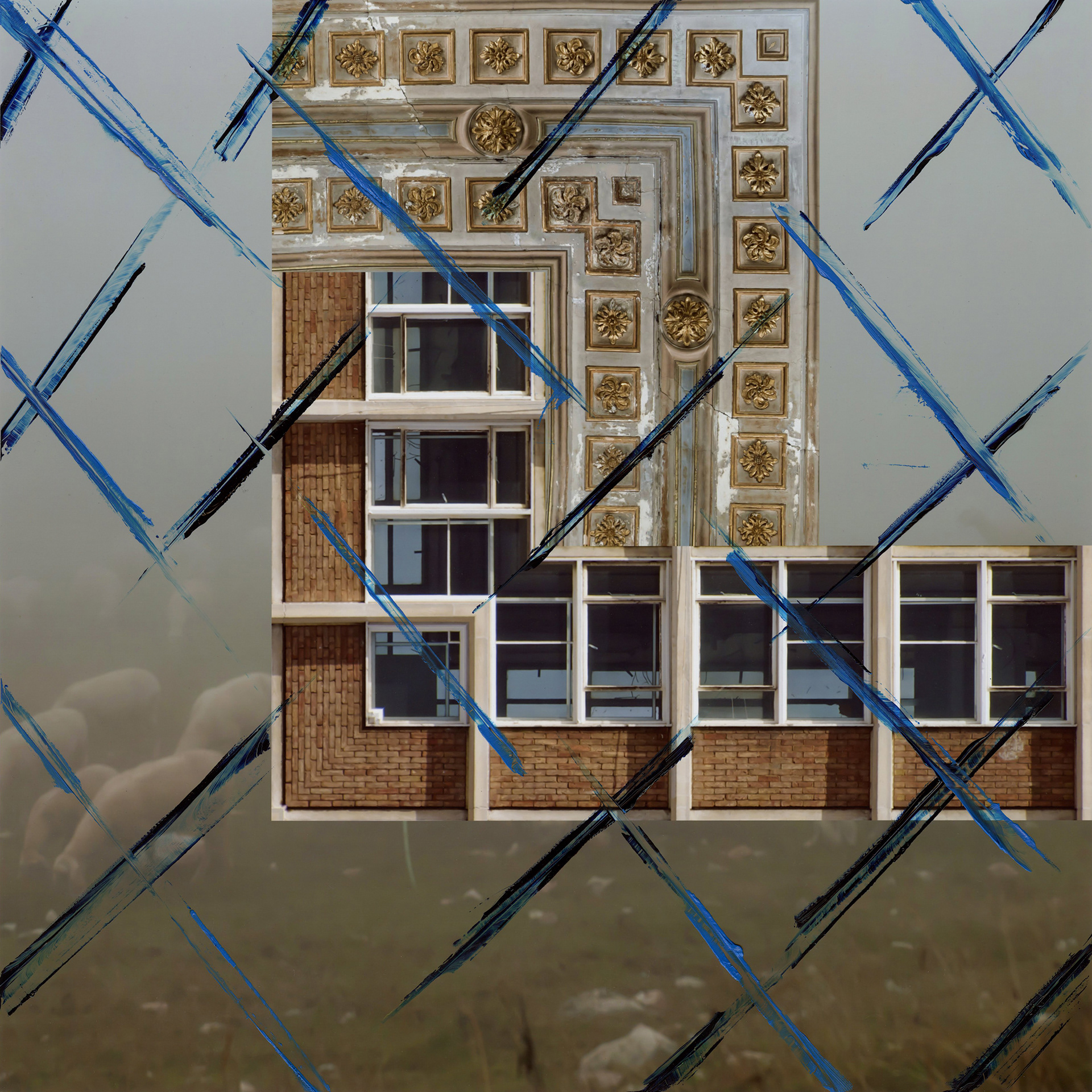
Staffel 1 Folge 10

Staffel 2 Folge 2

Staffel 2 Folge 4

Staffel 2 Folge 8

Staffel 2 Folge 10
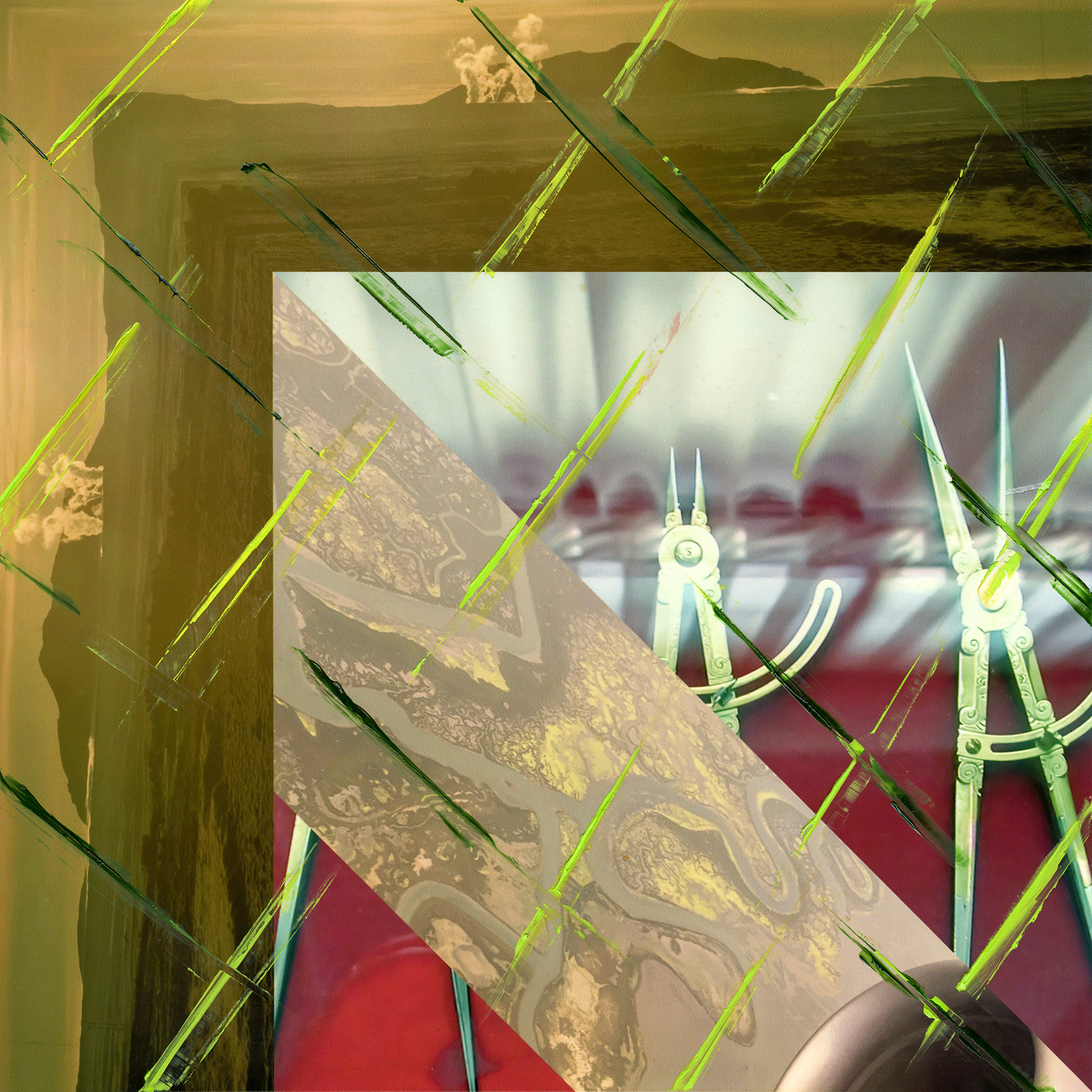
Staffel 2 Folge 11

Staffel 2 Folge 12

Staffel 3 Folge 1
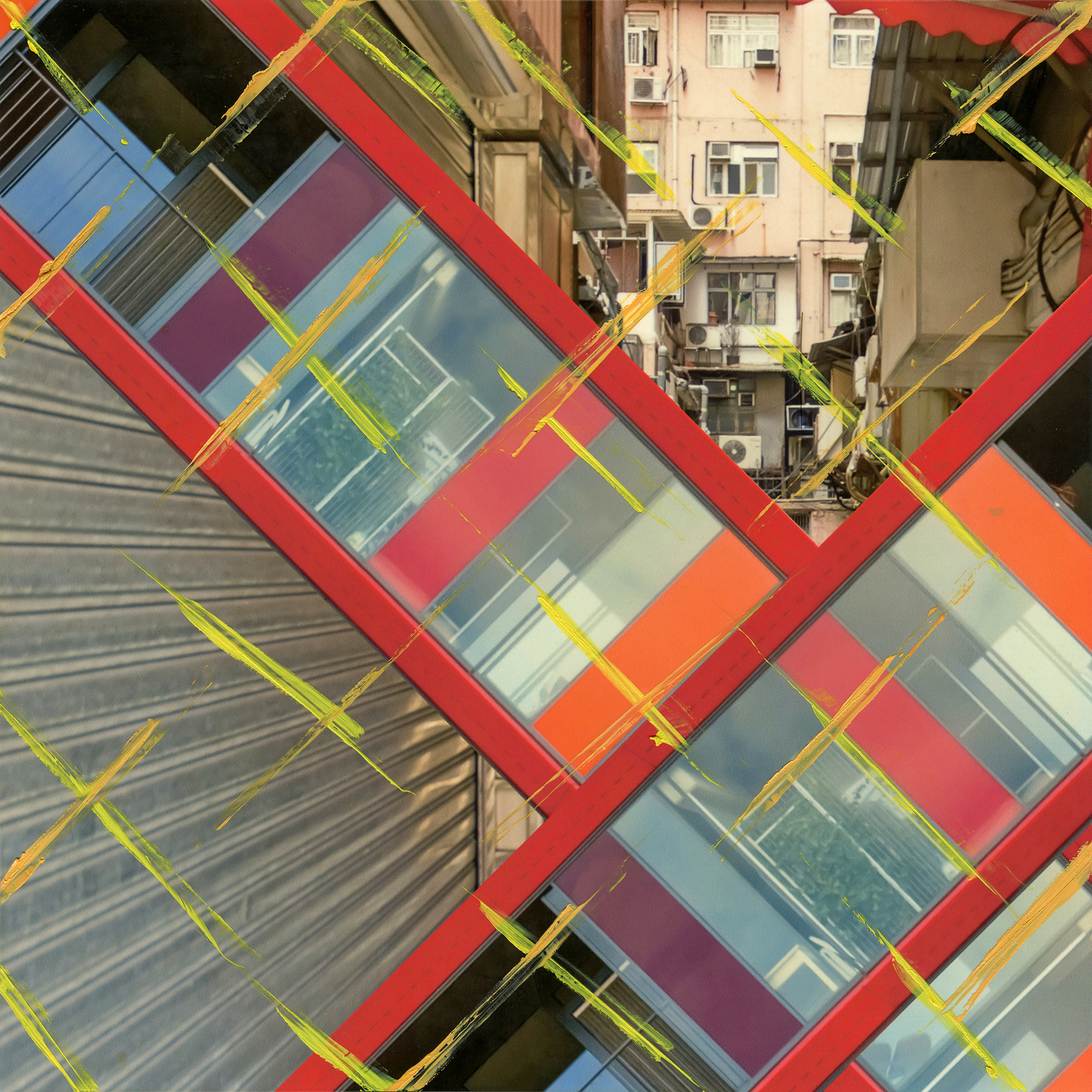
Staffel 4 Folge 8
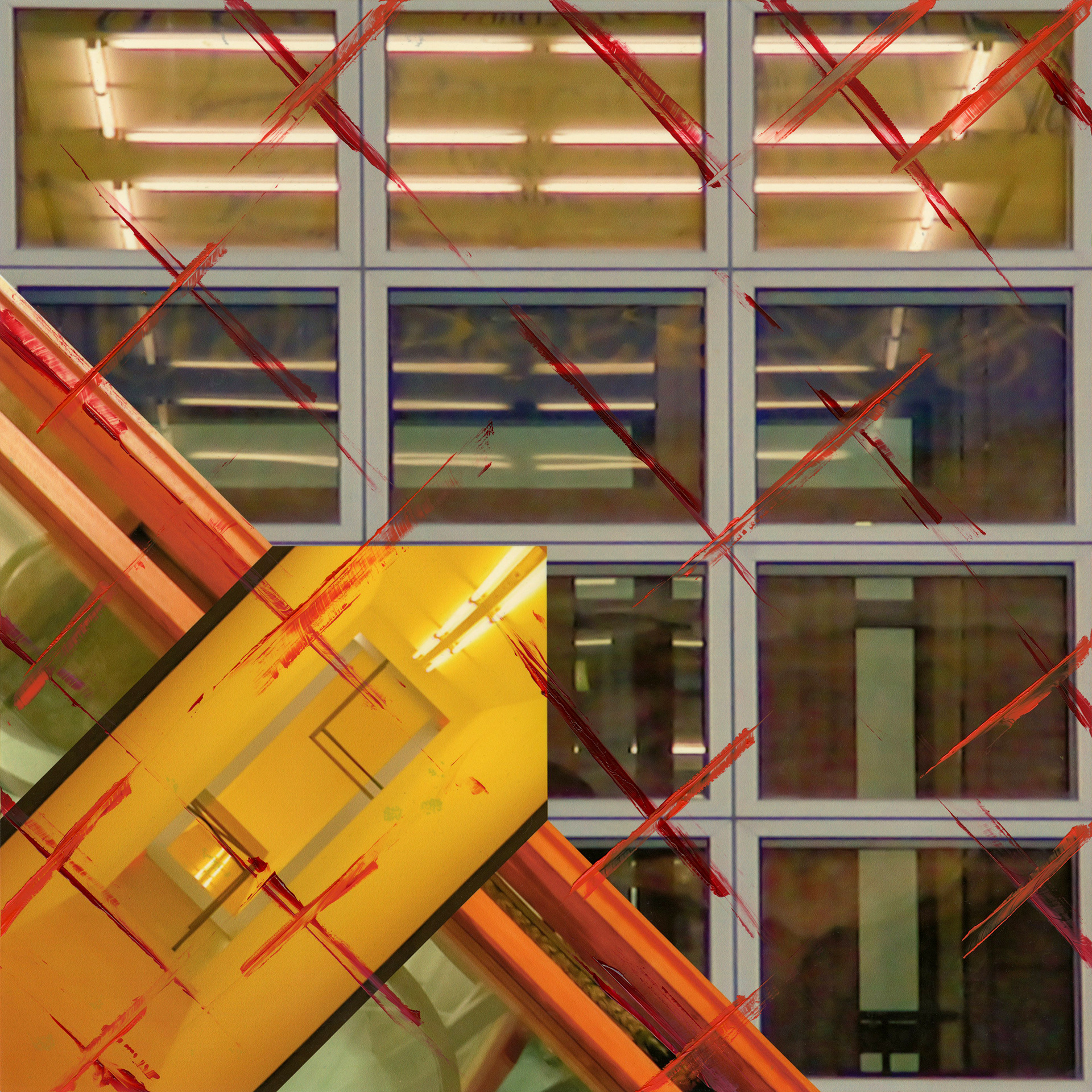
Staffel 4 Folge 13
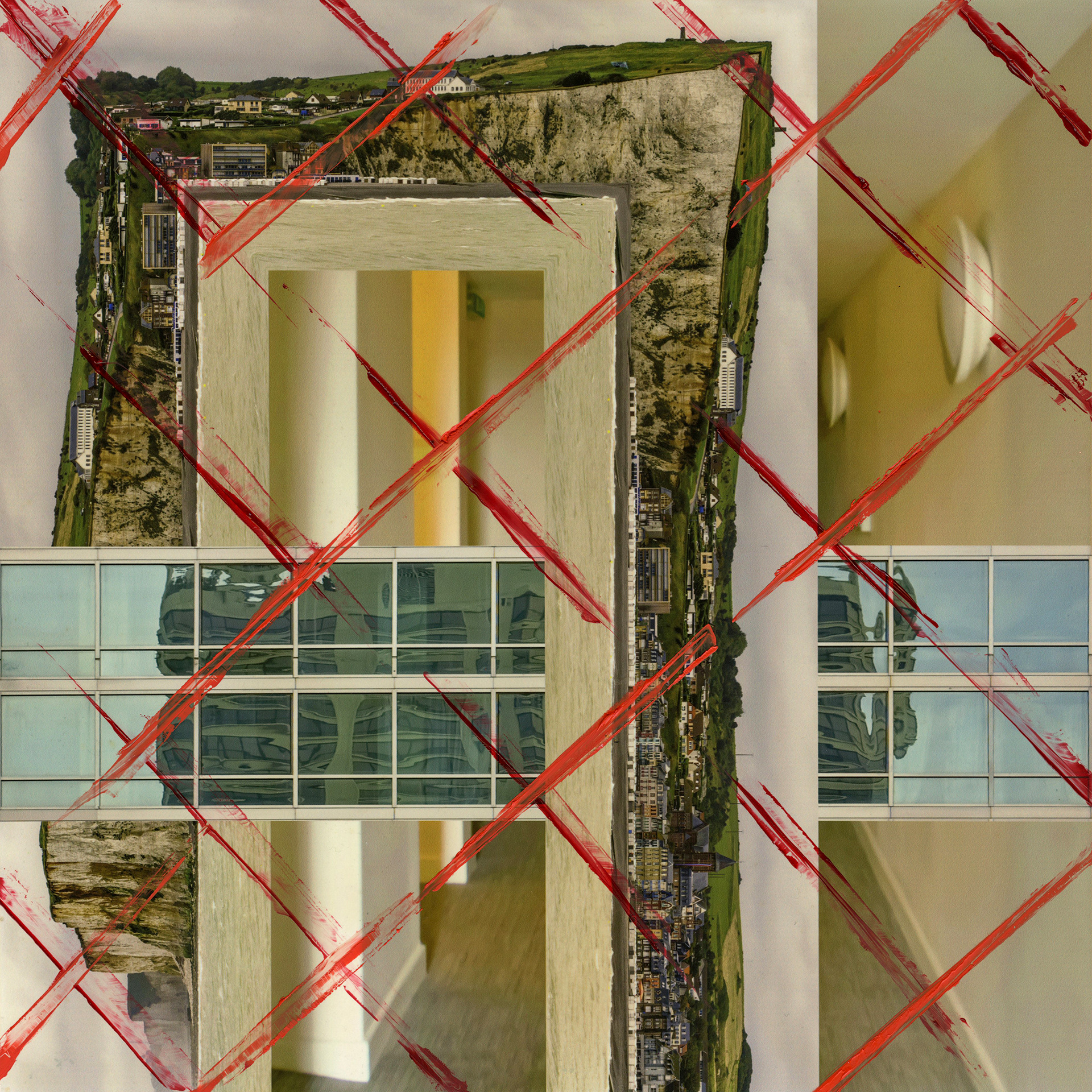
Staffel 5 Folge 5
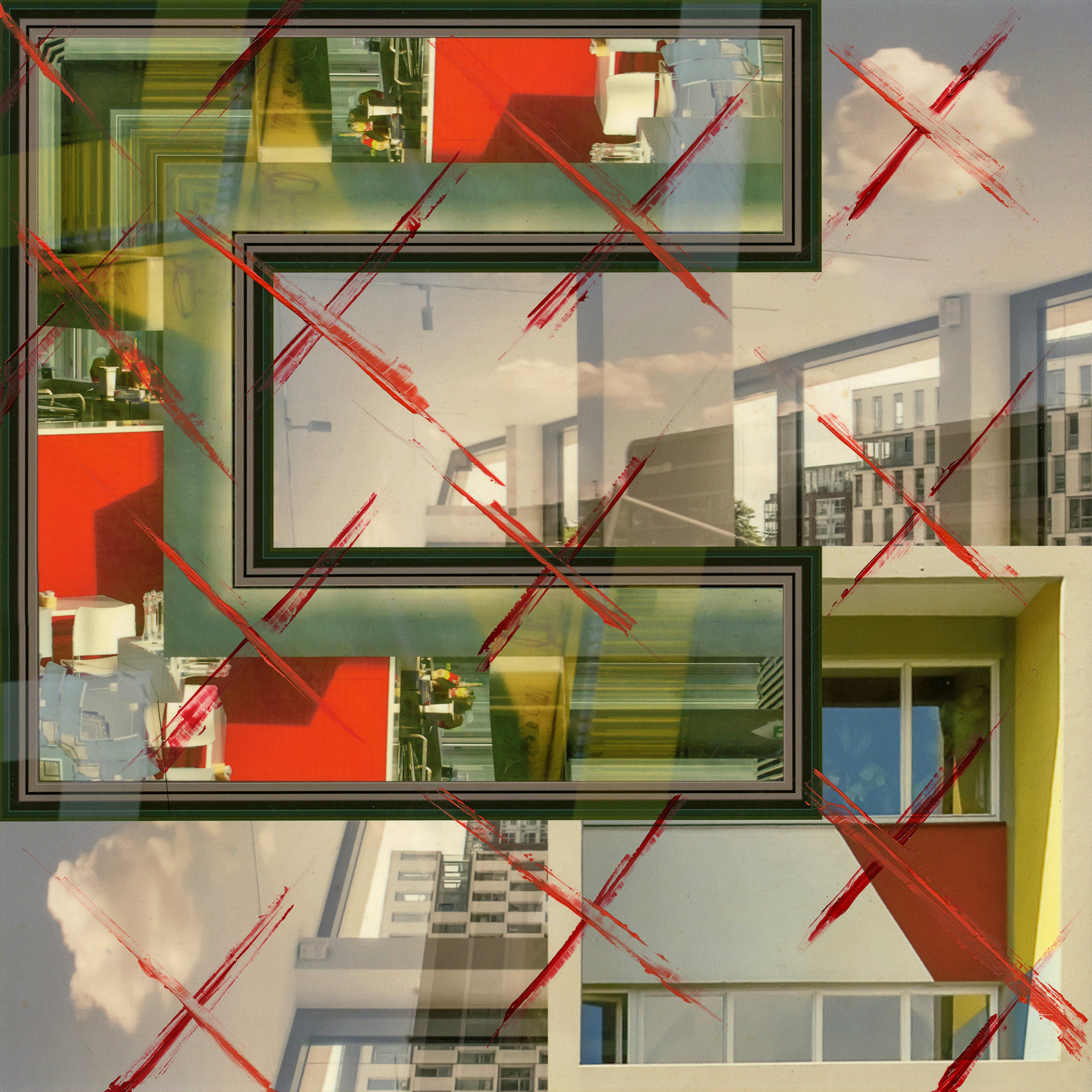
Staffel 5 Folge 6

Staffel 5 Folge 10

Staffel 5 Folge 12
18 Beispiele einzelner Folgen, Digitaldruck auf Papier, Lackfarbe, Ölfarbe, 40 cm x 40 cm
18 examples of single episodes, digital print on paper, varnish, oil paint, 40 cm x 40 cm
DE
Alle 60 Bilder der Serie “Anthologie universeller Besonderheiten” in 5 Staffeln mit jeweils 12 Folgen sind in einem Buch im Format 21 cm x 21 cm versammelt, bald erhältlich im Shop. Als Trennblätter zwischen den einzelnen Staffeln sind kurze Zusammenfassungen von beliebten mexikanischen Telenovelas eingefügt. Sie übernehmen die Rolle der einleitenden Nacherzählung vorhergehender Episoden, die meist der Ausstrahlung einer neuen Folge voran gestellt wird.
EN
All 60 pictures of the series “anthology of universal particularities” in 5 seasons and 12 episodes each, are collected in a book in the format 21 cm x 21 cm, soon available in the shop. Short summaries of popular Mexican telenovelas are inserted as separators between the individual seasons. They take on the role of the introductory "previously at ...", which is usually placed before the broadcast of a new episode.